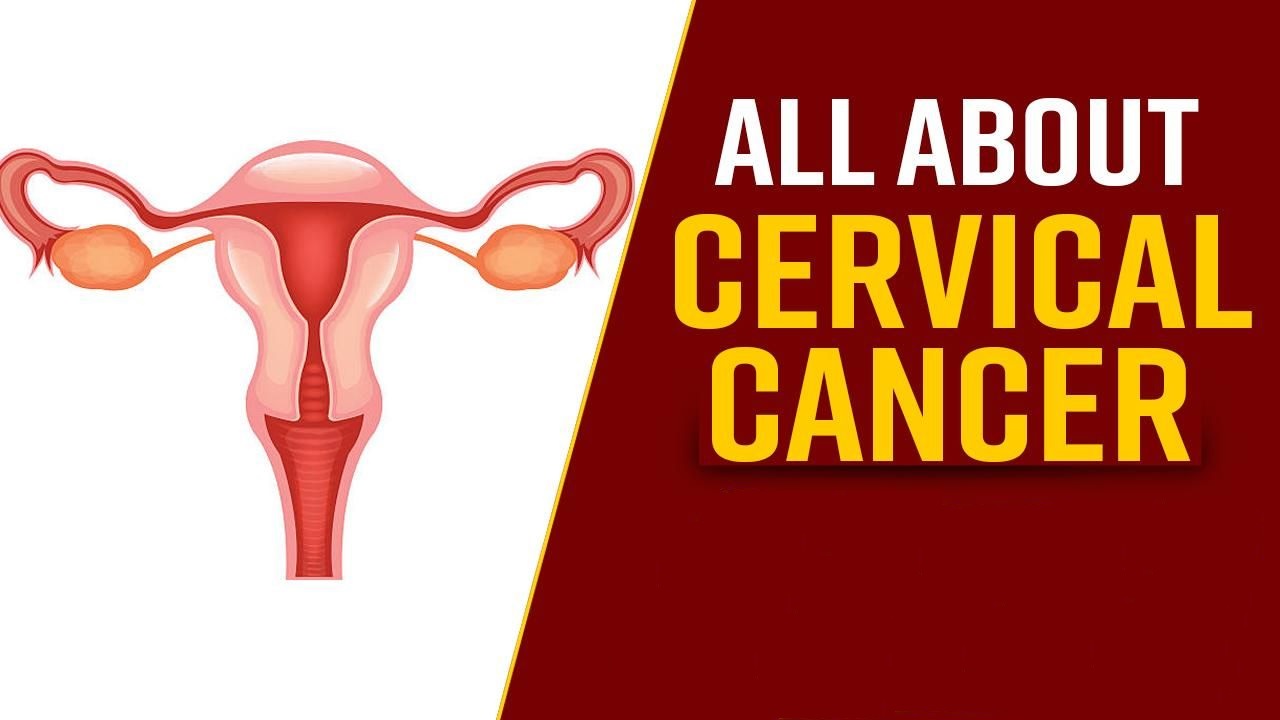Understanding Cervical Cancer: Causes, Symptoms, Diagnosis & Treatment

Understanding Cervical Cancer: Causes, Symptoms, Diagnosis & Treatment
Cervical cancer is a significant health concern affecting women globally. Combating this disease requires an understanding of its causes, recognition of its symptoms, prompt diagnosis, and effective therapy. In order to improve early identification and treatment and to increase awareness, this article offers thorough insights into cervical cancer.
Understanding Cervical Cancer
The cervix, or lower section of the uterus that connects it to the vagina, is where cervical cancer begins to grow. The human papillomavirus (HPV), a common sexually transmitted infection, is the primary cause of the majority of cervical malignancies. Cervical cancer is not always the result of HPV infections, yet; HPV types 16 and 18 in particular are closely linked to this illness.
Causes of Cervical Cancer
- HPV Infection: Persistent infection with high-risk HPV strains, particularly HPV 16 and 18, is the primary cause of cervical cancer.
- Smoking: Tobacco use increases the risk of cervical cancer, especially in women with HPV infections.
- Weak Immune System: Women with weakened immune systems, such as those with HIV/AIDS, are at higher risk.
- Sexual Activity: Early sexual activity and having multiple sexual partners increase the risk of HPV infection and cervical cancer.
Symptoms of Cervical Cancer
In its early stages, cervical cancer may not cause any symptoms. However, as the disease progresses, symptoms may include:
- Abnormal vaginal bleeding between periods, after sexual intercourse, or after menopause.
- Pelvic pain not related to menstruation.
- Increased vaginal discharge, sometimes foul-smelling.
- Pain during sexual intercourse.

Diagnosis
Regular cervical cancer screening, typically through a Pap smear or HPV test, is crucial for early detection. Diagnostic procedures include:
- Pap Smear: A sample of cells from the cervix is collected and examined for any abnormalities.
- HPV Test: Detects the presence of high-risk HPV strains.
- Colposcopy: If abnormalities are detected, a colposcopy may be performed to closely examine the cervix using a magnifying instrument.
- Biopsy: If abnormal cells are found, a biopsy may be done to confirm the presence of cancer cells.
Treatment
Treatment options depend on the stage of the cancer, overall health, and individual preferences. They may include:
- Surgery: Removal of the cancerous tissue, which may involve a hysterectomy (removal of the uterus), trachelectomy (removal of the cervix), or lymphadenectomy (removal of lymph nodes).
- Radiation Therapy: High-energy X-rays or other forms of radiation to kill cancer cells.
- Chemotherapy: Medications to kill cancer cells or stop their growth.
- Targeted Therapy: Drugs that specifically target cancer cells while minimizing damage to healthy cells.
Prevention
Preventive measures to reduce the risk of cervical cancer include:
- HPV Vaccination: Vaccines are available to protect against HPV infection, including strains 16 and 18.
- Regular Screening: Pap smears and HPV tests help detect precancerous changes early when they are easier to treat.
- Safe Sexual Practices: Limiting sexual partners and using condoms can reduce the risk of HPV transmission.
- Avoiding Smoking: Quitting smoking reduces the risk of cervical cancer and other health issues.
Conclusion
When caught early, cervical cancer is a condition that can be prevented and treated. Women can take proactive measures to safeguard their health by being aware of the reasons, identifying the symptoms, and getting frequent screenings. In the end, preventing cervical cancer and improving women’s health depend on education, immunization, and access to healthcare services.



0 Comments